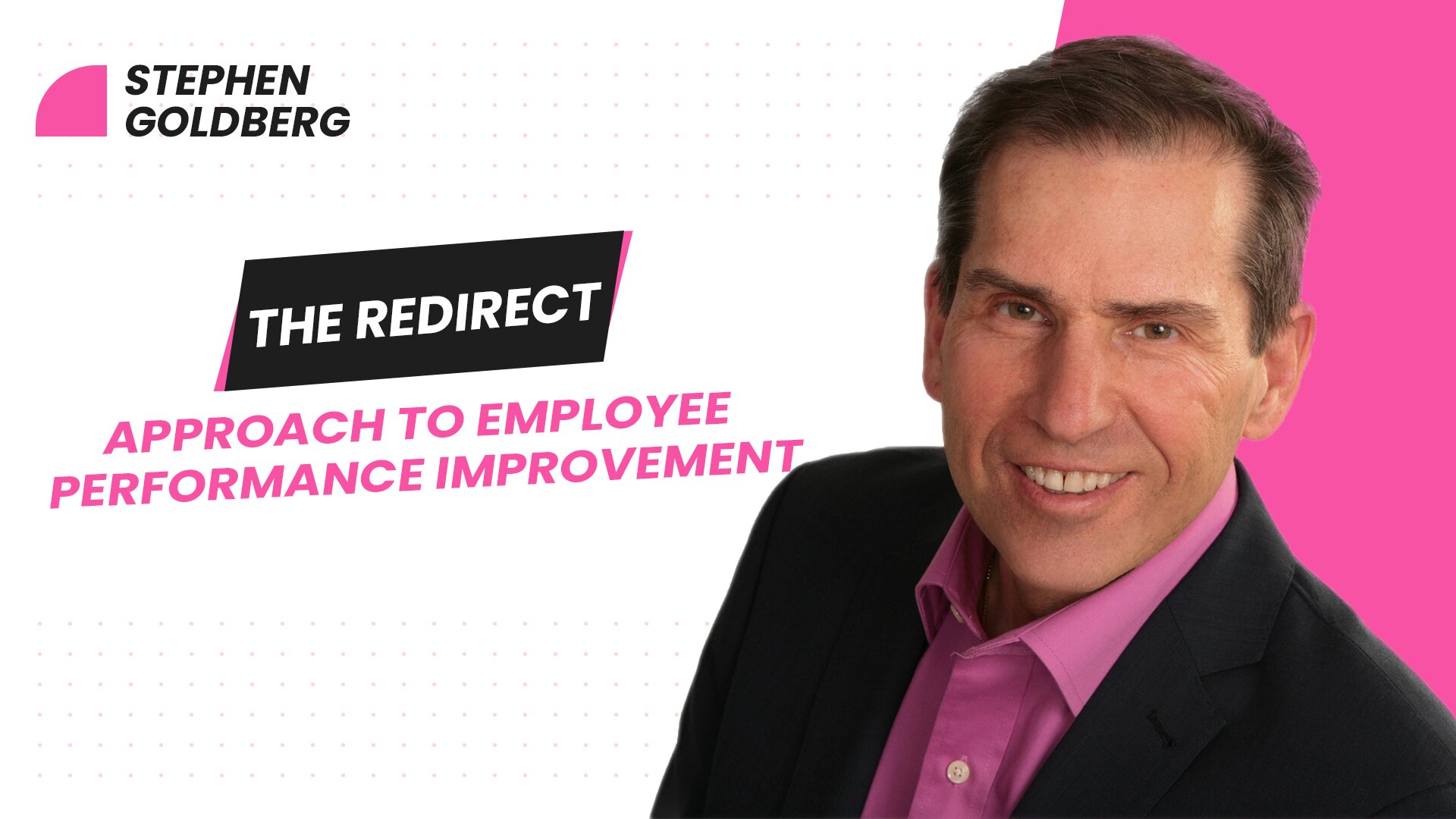Redirect to address employee performance concerns is a positive approach to performance improvement. It focuses on what you want the employee to do, rather than what you don’t want them to do.
It is a training approach rather than a reprimand. Employees feel less threatened by this method of correction and keeps the conversation positive. The goal is to have the employee do things according to specific criteria and process.
For example, an employee in customer service may not always be consistent in carrying out their tasks and skip certain parts of the process. Perhaps they forget to offer an upgrade to a premium service to each client calling to fix a problem.
To address a performance issue you might say, Angela, you forgot again to offer the upgrade service to 2 clients who called in for service yesterday. I need you to remember to do this every time you speak to a client.Using the redirect approach you would say, Angela, it’s important to offer every client an upgrade to premium service even though they are calling to solve a specific problem. Here the focus is placed on what they should be doing not on what they did.
You could also remind the person of why this is important and how it improves the sales of the department. Angela this task is crucial to having our department improve our value to the organization and it will reflect well on you and the team.
Applying this method is easy but you need to be conscious of it when you are giving feedback and prepare your approach for the situation and the person.
The idea is to point out what the person should be doing and ignore what they are doing wrong. Instead of saying, John, you keep making mistakes when picking and packing orders, say John, I need you to pay more attention when you are picking and packing orders to avoid costly mistakes. It is critical that you take your time and focus. I know you can do this. Let’s review how you’re doing in 2 days, same time.
This approach is more assertive in that you add a follow-up with a specific day and time to review the performance. This way John knows that his work will be reviewed, and he is being held accountable, but a positive approach is used.
Using the redirect approach is training the person to do things in the proper way.
